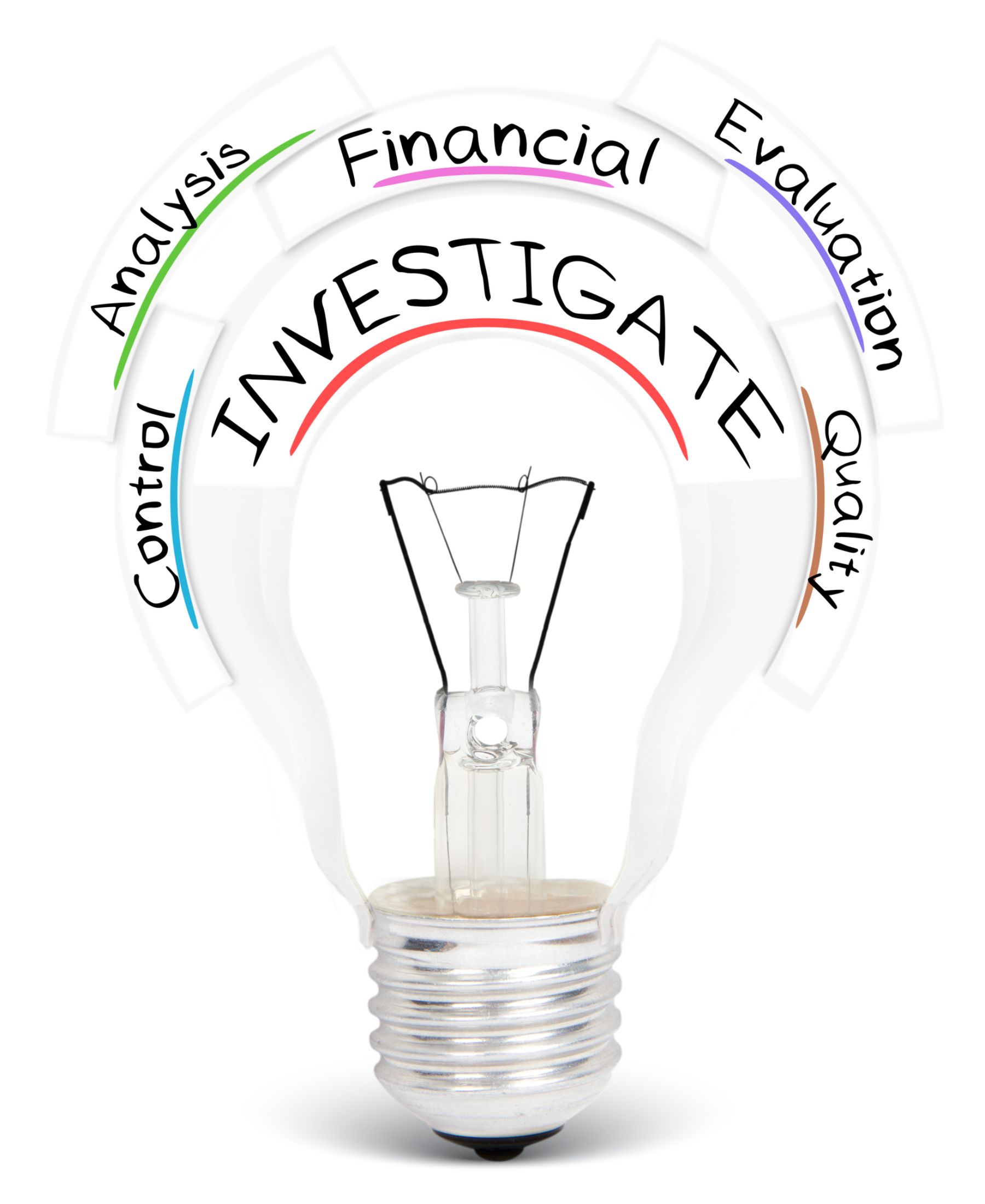Independent Verification and Validation (IV&V), what exactly is this term that is becoming more widely recognized and requested? IV&V has, over the last several years, become a key activity for State implementations. Especially from the Centers for Medicare and Medicaid (CMS) in regard to Medicaid Management Information Systems (MMIS) and more recently Eligibility and Enrollment Systems (E&E). IV&V can be requested for State implementations other than MMIS and E&E and can vary greatly in the IV&V activities performed, thus making it necessary to tailor these activities specifically to the client’s need.

IV&V is performed by a separate and objective third-party not involved in the development of a project’s outcomes. IV&V engages to provide two key functions: 1) Verification to determine whether the outcomes of the project satisfy the goals, objectives, and requirements and 2) Validation to determine whether the outcomes of the project solve the right problem by satisfying the intended use and user needs.
Vendors must bring a wide variety of skills to the engagement to perform IV&V activities. The skills range from project management, a thorough understanding of State and Federal guidance, to technical skills for assessing the system design, development activities, data management, testing, and interface components.
IV&V is not an isolated set of activities for one portion of the project but rather spans the full project life-cycle. IV&V joins the project team very early in the project and provides oversight for acquisition activities including Request for Proposal (RFP) review and vendor selection processes. IV&V determines the state of the project and formulates recommendations through a close engagement with project participants (management personnel, support staff and/or the vendor) and observation. As the project progresses, IV&V reviews project artifacts, conducts interviews with key stakeholders, and attends meetings.
Utilizing the collection of information gained, IV&V provides the client with recommendations to improve project execution processes and the expected outcomes of the project. In the case of MMIS and E&E projects, IV&V provides progress reports directly to CMS. Progress reports to CMS assist the department in understanding how the project is progressing in accordance with CMS requirements and toward the State’s stated goals, objectives and requirements. Consequently, IV&V must work to ensure both the needs of the State and CMS are met. For projects not reporting directly to CMS, IV&V will provide written reports and recommendations to the appropriate leadership team to ensure project progress, objectives and goals are being met.
Although the ultimate goal of IV&V is to improve the project outcomes, IV&V cannot guarantee mitigation of all project challenges, but with an experienced IV&V team the process can go a long way toward solving many.

netlogx is a leading consulting services company that helps government entities, businesses, and nonprofits operate more efficiently with our project management, business process consulting, and strategic consulting services. As a well-established woman-owned business with consultants across the country, netlogx leverages industry standard methodologies and best practices to support our clients and bring projects and visions to successful completion.



